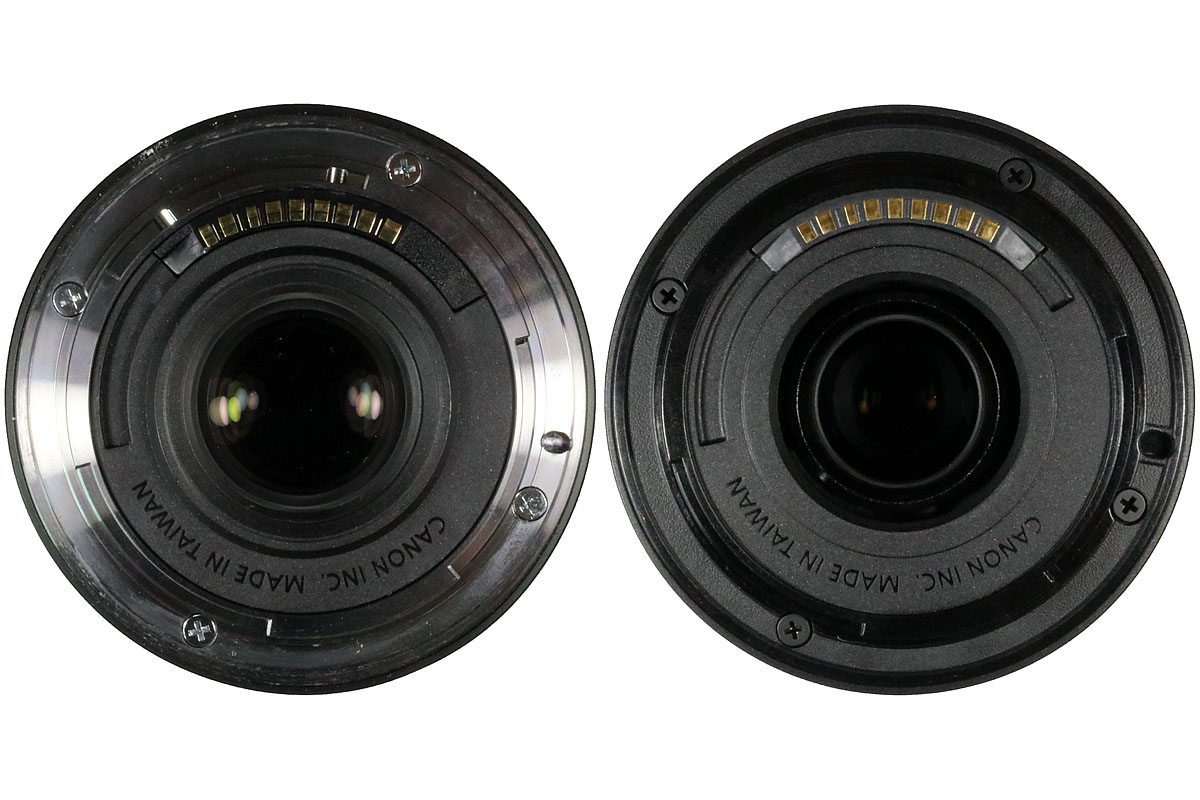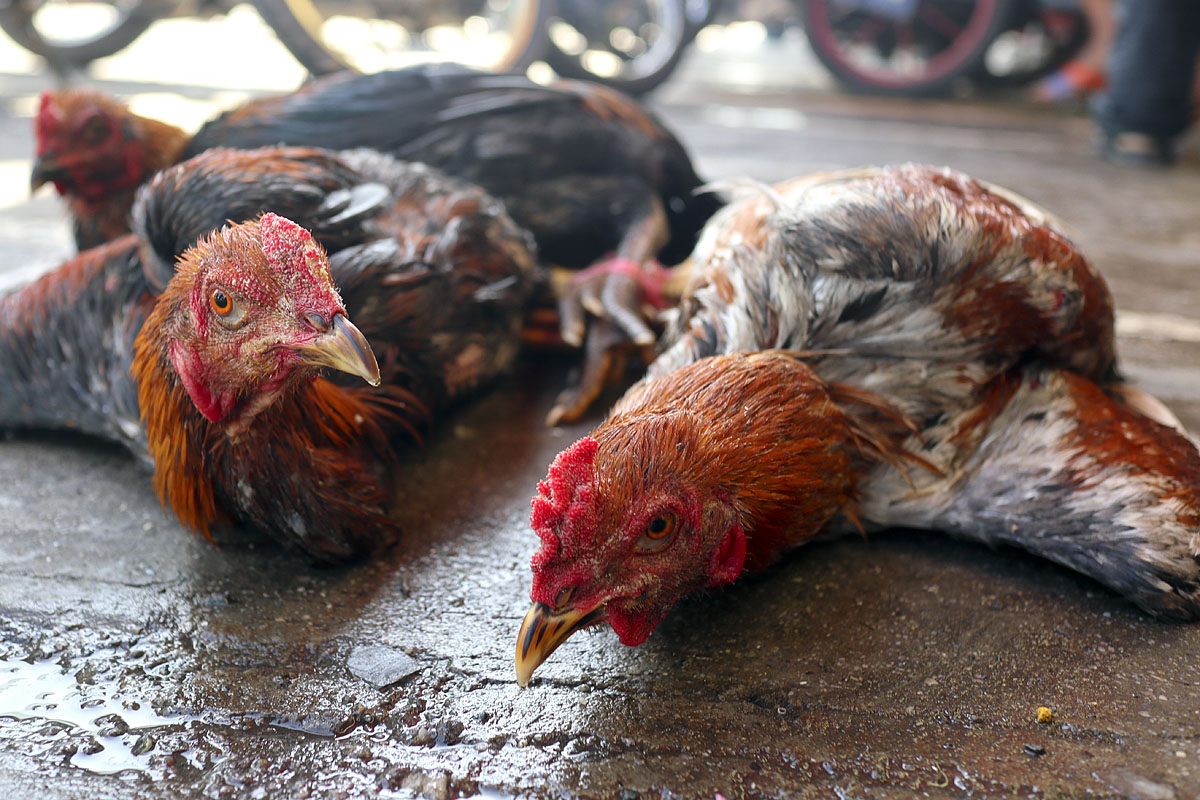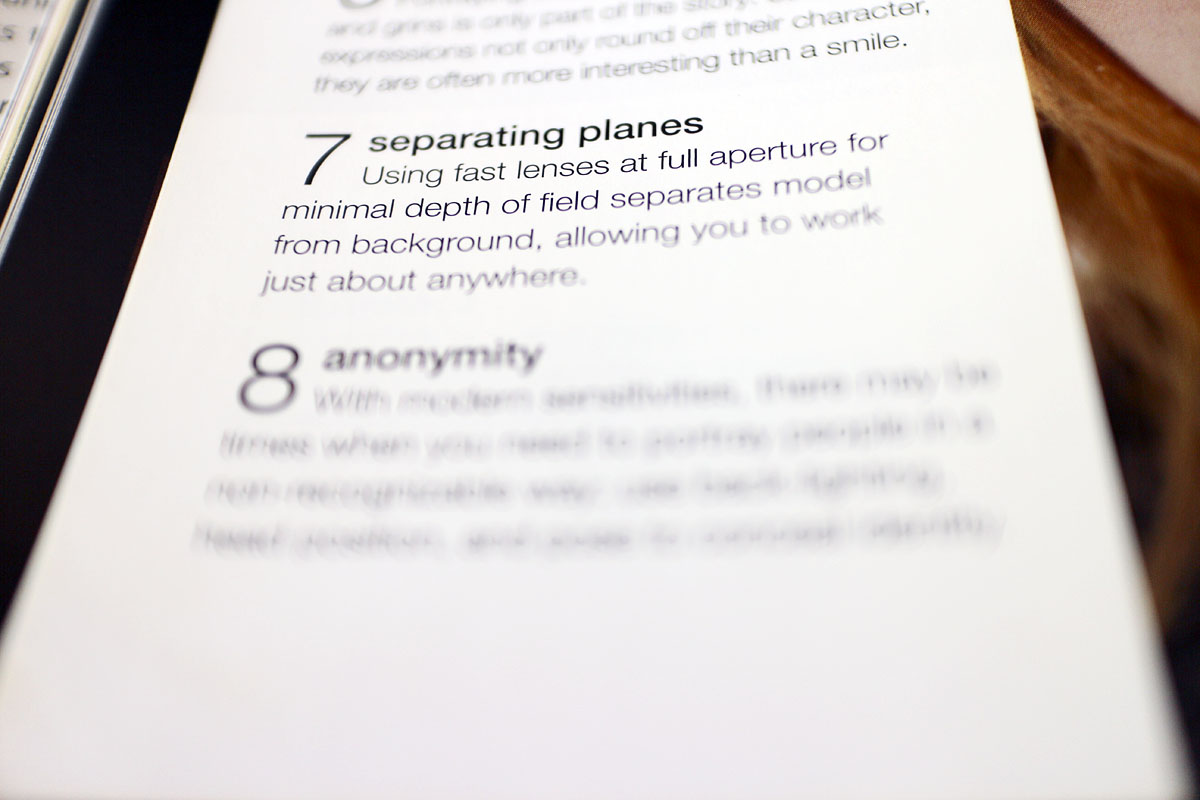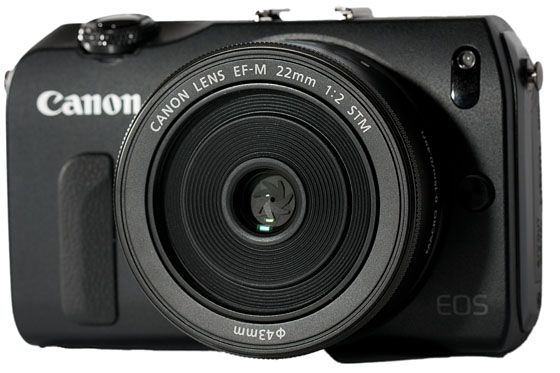Canon EF-M 22mm f/2 STM Mirrorless Lens Review
Video Review
You can watch my video review of this lens on YouTube at the following link:
Canon EF-M 22mm f/2 Lens Overview & Review With Sample Images
Product Images


- Canon EF-M 15-45mm f/3.5-6.3 IS STM
- Canon EF-M 18-150mm f/3.5-f/6.3 IS STM
- Canon EF-M 28mm f/3.5 IS Macro STM
- Canon EF-M 55-200mm f/4.5-f/6.3 IS STM
Sample Images
A few photos taken with the Canon EF-M 22mm f/2 STM pancake lens.

Canon EF-M 22mm f/2 | Canon EOS M6 | ISO:100 | Aperture: f/3.5 | Shutter Speed: 1/80s

Canon EF-M 22mm f/2 | Canon EOS M6 | ISO:200 | Aperture: f/2.5 | Shutter Speed: 1/250s

Canon EF-M 22mm f/2 | Canon EOS M6 | ISO:320 | Aperture: f/2 | Shutter Speed: 1/60s

Canon EF-M 22mm f/2 | Canon EOS M6 | ISO:100 | Aperture: f/4 | Shutter Speed: 1/500s

Canon EF-M 22mm f/2 | Canon EOS M | ISO:100 | Aperture: f/9 | Shutter Speed: 1/320s

Canon EF-M 22mm f/2 | Canon EOS M | ISO:100 | Aperture: f/2 | Shutter Speed: 1/500s

Canon EF-M 22mm f/2 | Canon EOS M | ISO:320 | Aperture: f/2 | Shutter Speed: 1/30s
User Impressions
The inclusion of an EF-M adapter to enable the use of EF and Canon EF-S Lenses makes the EOS M mirrorless system very flexible. However, using big lenses doesn't do much for convenience and portability.
This little pancake lens is perfect for when I want the minimum configuration to make the camera as light and portable as possible. Roughly the equivalent of a 35mm focal length lens on a full frame camera, it's a useful focal length if you just wish to carry one prime lens.
This is what you get if you buy a Fuji X100, except that with the Fuji the lens is fixed and the only option you have to change the focal length is to clip on a wide conversion lens.
Personally, I don't want to be restricted to just having this focal length. I appreciate the fact that when I want to take a small camera with me I can just use the 22mm, however, I want to be able to use other lenses.
This lens is perfect for lightweight travel. Not only is it very small and light, but it's also fast meaning that you can probably get away with leaving your flash at home as well as all your big lenses.
Focusing
The lens uses new stepper motor (STM) technology for its autofocus mechanism. This is all part of Canon's drive to implement silent continuous autofocus tracking in movie mode. To do this requires an appropriate body with a hybrid CMOS sensor and contrast detection AF technology, and a lens with an STM designation.
Autofocus is maybe not as fast as some other lenses, but in most situations it works well without any problems. For videographers the continuous autofocus in movie mode is a very welcome feature.
It also appears to work perfectly well when the camera is in AI Servo mode tracking an object coming towards the camera. I tested this on passing motorbikes and the results were quite satisfactory.
There is no direct physical connection between the manual focusing ring and the internal focusing mechanism as there is on other lenses. If you turn the ring with the camera off nothing happens. Turning the ring sends a signal to the stepper motor which then focuses the lens electronically.
With the EF-M 22mm f/2, the inner barrel moves in and out slightly while focusing. It only moves a small amount and there is no rotation.
Manual Focusing
Unlike my Canon EF and EF-S lenses, manual focusing isn't as easy with the EOS M system as simply turning the lens focus ring, or manually switching the lens into MF mode first and then turning the lens focus ring.
There is no AF/MF switch on the EF-M lenses and, because of the stepper motor technology and a lack of any physical connection between the focus ring and the focusing mechanism, nothing happens most of the time when you turn the focus ring.
To enable manual fousing, first you must go into the menu system and find 'Focus mode' (the camera icon with two dots). This mode has three options:
- AF (Auto Focus). When in this mode the focus ring is completely inoperational.
- MF (Manual Focus). In this mode the Auto Focus is completely inoperational and turning the focus ring controls the focusing mechanism whenever the camera is switched on.
- AF+MF. This allows the Autofocus to operate and also allows the user to focus manually after the autofocus has activated. However, you can only focus manually while pressing the shutter release halfway down after the Autofocus has activated.
When the camera is put into MF mode a small magnifying glass icon appears on the rear LCD in the bottom right-hand corner. Tapping on the icon cycles through 1x, 5x and 10x magnification with an accordingly larger image shown on the display. This is very similar to the Liveview feature on Canon SLRs.
In cases where the Autofocus mechanism won't do what you want it to do, such as with close macro work, this is very useful. Saying this, I have never used MF on my EOS M, which stays permanently in AF mode. The only time I use manual focusing is for macro work and the EOS M body isn't my first choice for macro.
Bokeh
I've included some photos in the sample images above taken with the aperture wide open. The bokeh isn't going to be the same as an EF 85mm f/1.2L lens, but it's fairly smooth and pleasing to the eye.
No Image Stabilisation
Just like the EF 40mm STM pancake, the design brief for this lens must have been to keep it as small as possible in order to achieve the desired 'pancake' form. Including IS wouldn't have made this possible.
The lens has a fast f/2 maximum aperture and the EOS M high ISO performance looks pretty good with little noise. Even in fairly dark conditions the lens is still very usable without IS.
Extenders and extension tubes
Currently, there are no Canon extenders or extension tubes available for Canon EF-M lenses. I don't know if Canon has any plans to make these items available in the future. I have seen third-party EF-M extension tubes advertised on-line, but no teleconverters. Extension tubes don't contain any optics so provided the physical connection is good and they transmit the electronic signals correctly they should be fine.
Accessories
This lens comes with the new style Canon lens caps that can be released by pinching the centre of the cap. A lens hood and soft pouch are available but not included.
Street Photography
 This small lens mounted on the EOS M can be concealed easily and attracts no attention at all. In that respect it is very good for street photography.
This small lens mounted on the EOS M can be concealed easily and attracts no attention at all. In that respect it is very good for street photography.
I find the focal length of this lens on a 1.6x crop camera far better for general photography than the EF 40mm f/2.8 STM pancake, which is too long with the extra 1.6x magnification.
On my first street photography outing with the EF-M 22mm I was encouraged by how little attention I attracted and the focal length was fine for about 70% of photos I took. However, I don't find it convenient zooming with my feet.
First I try to imagine the composition and then I often squat down for the shot. If the composition isn't quite what I imagined I want to be able to change it by turning a zoom ring, not by having to relocate myself.
Also, for the type of street photography I like the lens wasn't wide enough. I really like using the EF-S 10-22mm for street photography, but it is a bulky lens for the EOS M. I will buy the EF-M 11-22mm when it is available in my region. It seems as if it will be perfect for street photography.
Conclusion
The situation with EF-M lens availability has changed since I first wrote this information and at that time the ultrawide EF-M 11-22mm lens wasn't available. I now have five EF-M lenses (as well as some EF and EF-S lenses) and the following are my current thoughts.
During daytime when there is plenty of light my first choice of lens for travel/general photography is normally the EF-M 11-22mm f/4-5.6 IS because of the great perspectives it offers. If I think I will be photographing people more than places and things I may decide to use the EF-M 18-55mm f/3.5-5.6 IS instead because the longer focal length is more flattering for portraits.
However, when travelling I will normally return to base in the evening and when I go out again after dark my first (and normally only) choice of lens is the EF-M 22mm f/2. There are two reasons for this.
When I go out in the evening I want the smallest camera configuration possible and this lens on an EOS M body is very small. Secondly, in low light I want a fast lens and this lens also happens to (currently) be the fastest lens in the EF-M range.
Bearing in mind that as well as being small and fast it is also very sharp, if you have an EOS M mirrorless system it makes purchasing this lens something of a no-brainer.
Is it right for you? Do you need a lens that is small, fast and sharp? Do the sample images above look acceptable? They won't win any prizes, but they should give you an idea of the image quality for this lens. If the answers to these questions are yes, then it probably is right for you.
Would I Buy One Now?
Definitely. The Canon EF-M 11-22mm f/4-5.6 IS and Canon EF-M 18-55mm f/3.5-5.6 IS are fantastic lenses during the daytime when there is plenty of light. Having a focal length range of 11-55mm covers most of my needs in most cases and the image quality of both lenses is excellent.
For travel I find myself taking these lenses out during the daytime. However, when I go out in the evening I use the EF-M 22mm. Firstly, the main purpose for going out in the evening is normally to eat and I don't want to carry a lot. The EF-M 22mm, being so small and light, is perfect.
The fixed focal length doesn't provide as much flexibility as a zoom, but I can generally get the composition I want and the maximum f/2 aperture is very useful in low light conditions.
Post-Processing
Original images were shot in JPG format using the EOS M's built in lens aberration correction. Noise was reduced using Imagenomic Noiseware Professional. Small amounts of image enhancement were applied using Adobe Photoshop CS2 (curves, levels, saturation) before sharpening using the Smart Sharpen filter (Amount: 30% - 120%, Radius: 0.2px - 0.3px, Remove: Lens Blur).
The large JPG images that open if you click on a thumbnail were saved with a 'High' quality setting of '8' on a scale of 0-12.
Lens Details
Weight: 105g
Filter Diameter: 43mm
Closest Focusing Distance: 0.15m
Minimum Aperture: f/22
Maximum Aperture: f/2
Autofocus: Stepper Motor
Date Purchased: June 2013
Supplier: Chia Color Lab, Hat Yai, Thailand
Price: Part of a kit
Lens Cap: E-43
Lens Hood: EW-43 (not included)
Soft Case: LP811 (not included)
Other Review Pages You May Be Interested In

